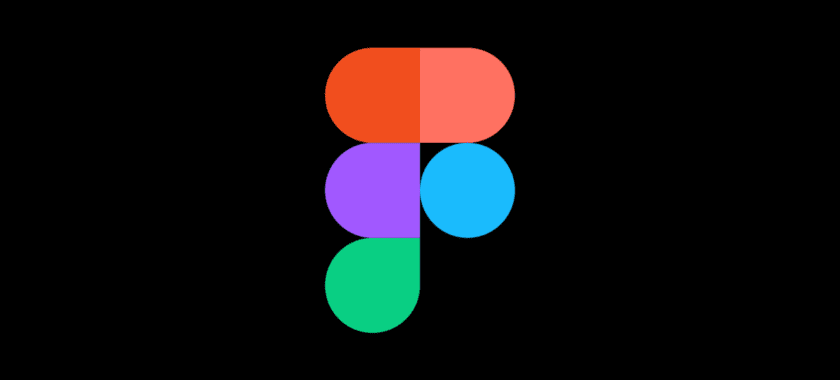
Figma Course With Certificate Figma has quickly become one of the most popular design tools, with a variety of capabilities for web and UI/UX designers. If you’re looking for ways to increase your skills in design and earn a certification in Figma then you’re in the right location. In this post, we’ll examine the benefits of registering in the Figma Course With Certificate and the ways it will help you take your career in design to new levels. Figma has been the very first prototype and design tool that is built on the web browser. Figma is a tool that includes all users in the process by sharing one live URL that is able to work across any platform.It is compatible with Windows, Linux and Mac. Figma Features: Figma Font Installer: Figma utilizes Google fonts, however you can also install your own fonts by adding them to the installing an add-on. This is an incredible change that allows collaborators not to download additional fonts when they join another. Developer Handoff: Developers have access to sizes, designs, and icons as well as download the images of the design using its URL.Its similar to Zeppelin however you don’t need connect your artwork each time you modify your design. Live Share: If you click someone avatar, you will be able to see what they’re seeing on their screen. You can also follow their cursor to the avatar.This works the same way as the liveshare feature in InVision. Dropbox Paper: The ability to integrate an Figma project into a Dropbox paper. components: Similar as symbols used in sketch, but Figma is more flexible and easy to create. Figma can import sketch files with great accuracy: Artboards, Groups and layers can be able to interact with each other’s names, groupings and properties that include multiple borders, shadows and effects such as Blending modes and Background Blur. Prototyping: Figma offers a prototyping tool that can be used by clicking. It is similar to Craft as well as In Vision. In figma, it is possible to apply different types to the text box simply by drawing a part in the text. Real Time Collaboration Team Libraries Feedback Description field for each component Why do we choose Figma? The principal reason why we choose Figma is that it is a web-based design tool that allows real-time collaboration, which is another reason why it is extremely demanding.Its salary package is 11 lakhs annually. Conclusion: This is the introductory course of Figma.. If you’re interested in the perfect job in this area then you must learn the entire description of this Figma course with Certificate. If you’ve taken any course and would like to get the complete details, then go to O7 Services. We provide offline and online instruction for students in jalandhar.
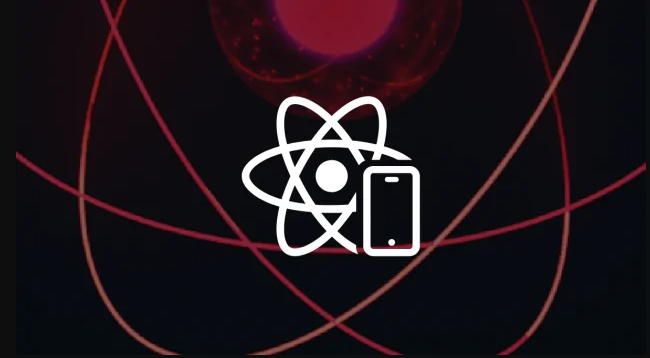
REACT NATIVE React Native is a framework of Javascript.It is used for developing a real, native mobile application for Android and iOS.React native is used only for javascript to build a mobile application. Benefits of React Native: Who uses React Native? Different companies are use this framework that companies are: Why React Native? What makes react native unique? Conclusion: It is the basic introduction of the react native . If you are willing to learn more concepts of react native then you visit o7 services in jalandhar.We are providing offline/online training in different courses.
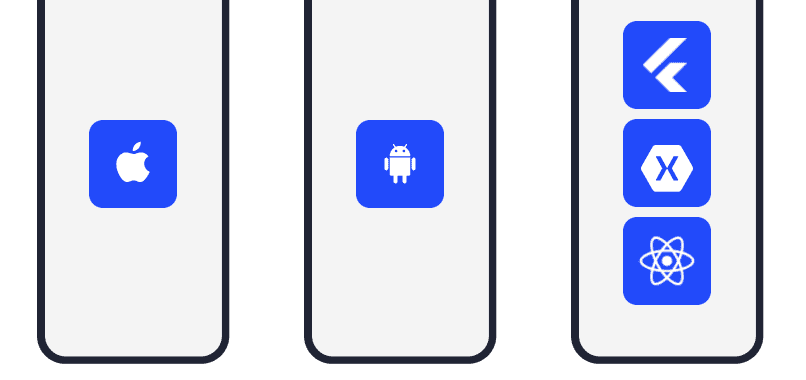
Why do we choose Cross-Platform? Cross-Platform Mobile App development means that the same single code is shared amid apps and will be used in different Operating systems like Windows, Linux, etc. In cross-platform, less duplicated work and you don’t have to write multiple codes since the same code is used. Cross-platform is the creation of software applications that are compatible with multiple mobile applications or operating systems. First of All, this kind of development will help the users to reach a large fragment of Mobile apps. If you have decided to focus specifically on iOS or Android users/clients, then you construct the respective native applications, and also it comes down to your specific low budgets. Building an x-platform is significantly cheaper than hiring two development persons/teams and working on two operating systems. Benefits of Cross-Platforms Mobile Development Larger Market Value: The main thing to choose cross-platform is to build up the immense mobile applications. Users have spent money on Applications and they are making decisions on how to make larger market value and they get more profit with applications. Less Workload: Most of the companies hire platform-specific developers who know all applications platforms like iOS and Android. The majority of developers can consist of cross-platform coding standards.It reduces the number of workers and saves a marked sum of money and easier communication. Faster Development: In mobile development not only do you reduce the duration of the development by focusing on producing one fragment of code, but you will also benefit from its reusability. Cross-platform development suggested applying the reusable blocks of code instead of writing new code from scratch. That’s why we are choosing a cross-platform. Cloud Integrations: By essentially a single source code, cross-platform applications blend easier with the cloud. Cloud-based technology means that the future of software development as it increases the availability thus improves the user experience significantly. How to build a cross-platform mobile app? Also in the cross-platform, mobile apps can exponentially help businesses in many ways: Conclusion: This blog explains to you the basic concepts that why you should opt for cross-platform application development. If you are interested to know more details you can visit O7 Services in Jalandhar. We are providing online/offline training in different cross-platform mobile applications.
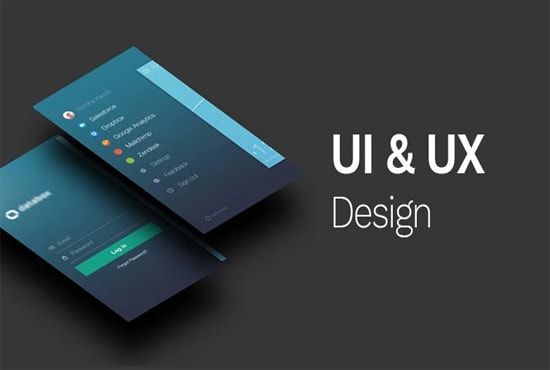
UX/UI Designer A Good Designer is also an act of communication between the designer and the end-user, except that the main role is the appearance of the device itself. The device must explain itself. UI UX Designers Firstly we discuss what is UI? Now we will discuss what is UX? Importance of UX/UI? The main goal of any business is to increase its sales marketing and increase the growth of the business. UX/UI designer designs the applications and improves the user experience and customer satisfaction. The core component of UX/UI design: Why UX/UI? UX/UI designers are very demanding and also their salary package is 5-7Laks. Most people are choosing this job because they think coding is not understandable and they can’t do it and on the other hand, people are very dedicated to doing it because they are interested in designing. Tools for UX/UI: Figma: Figma is a design application used by UI UX Designers, with excellent design and code-generation tools. Figma is the industry-leading interface designing tool with many robust features which support the team working on every step of the design process. Adobe XD: It is a vector-based interface tool for creating prototypes and mockups with an interface. It is one of the rare design plans that can combine the different disciplines together, without lacking. Photoshop: It is photo-editing software. It is a popular image-changing software package. Photoshop is a kind of raster graphic software and it is used to edit the raster graphics. CorelDraw: CorelDraw is software for editing vector graphics. It creates graphic packages and consists of objects. Each object can be edited separately. Colour, Size, shape, and position can also be changed by the designer. Adobe Illustrator: It is an application that is used to make logo design, textual styles, presentations, in sequential orders, posters, and flex. It was the first software to dispatch the elements. Conclusion: This is the concept of UX/UI.If you are interested to learn more concepts of graphic designing. Then you visit our O7 Services website. We are providing a graphic designing course in Jalandhar. If you are willing to take an online/offline UX/UI designing course then visit our office.

Best Programming Language For Web Development 2023 Best Programming Language For Web Development. The most popular programming language is Java and which is related to object-oriented languages. Java is robust and very secure and developed by Sun microsystem and released in 1995. Java runs on several platforms like Windows, MAC OS, and various versions of UNIX. Moreover, the most popular programming language is Java and used in condemning applications for example banking systems, android mobile applications, and stock market trading systems on BSE. Why Learn Java? Simple: Java is easy to learn. Portability: These days java uses really do run well on all popular platforms. Architectural Neutral: Java compiler initiates an architecture-neutral object file format, which makes the compiled code executable on many processors, with the presence of a Java runtime system. Garbage Collection: The programmer does not worry about memory. Robust: Furthermore, Java makes a lot of effort to remove all error-prone situations by highlighting the compiler time error checking and runtime also. Where is it used? Following are the most popular examples of Java: Hello World using Java Programming The basic process of java can be simplified in three steps: Code: Class helloworld { Public static void main(string args [] ) { system. out.println(“Hello, world”); } } Output: Hello world “Hello world” program contains three primary sections : the hello world class definition, main method and source code comments. Applications of Java programming Multi-Threaded: It is possible to write a program that can perform many more tasks simultaneously. This kind of design feature allows the developer to build interactive applications that can run smoothly. Interpreted: Java code is rendered on the fly to native machine instructions. The development process is more rapid and analytical since the linking is an incremental and lightweight process. High Performance: Java permits high performance with the use of Just-In-Time compilers. Dynamic: Java is more dynamic than other programming languages like C and C++. Java Program can contain a huge amount of run-time information that can be used to verify and settle the accesses to objects on run-time. Conclusion: This is the basic introduction to learn java. If you are interested to learn java. We are providing java online/offline JSE and JEE training in Jalandhar.
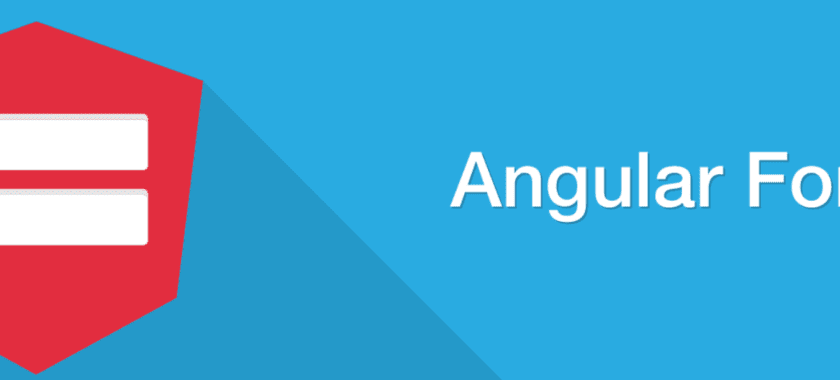
Reactive Forms Reactive forms are built on the following base classes of the Form Model. Form Group: route the similar value and status for collection of form control. Form Control: route the value and validation status of individual form control. Form Array: route the same value and status for an array of form control. With reactive from, you mention the form model directly in the component class. There are three steps to using form controls. Enter the reactive forms module in your application. This module is communicating the reactive-form directives that you need to use reactive forms. Generate a new Form Control sample and save it in the component. Lodge the form control in the template. Import { Reactive FormsModule } from ‘@angular/forms’ @NgModule({ imports: [ ReactiveFormsModule ] , } ) then, export class AppModule{} ng generate component forms (component name) Forms.component.ts Import { Reactive FormsModule } from ‘@angular/forms’ And, inside the export class add name = new formcontrol(‘’); In forms.component.html Inside the form you mention: <Label>Name</label> <input type=”text” [form Control] =”name>This is the concept of Reactive forms in Angular. If you are interested to learn more details then you go through our website o7services.com. We are providing an Angular online/offline course in Jalandhar. We are also providing angular training in Jalandhar.
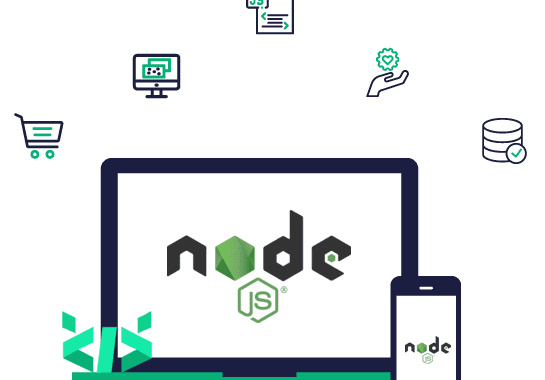
How to Install Node JS on Windows Welcome to our beginner’s guide on how to install Node JS on Windows! If you’re new to programming or looking to explore the world of web development, Node JS is a must-have tool in your toolkit. This open-source, cross-platform JavaScript runtime environment allows you to build scalable and high-performance applications. However, getting started with Node JS can seem daunting, especially if you’re not familiar with the installation process. But fear not, as this step-by-step tutorial will walk you through the entire installation process on your Windows machine. From downloading the Node JS installer to verifying the installation, we’ve got you covered. So, let’s dive in and get you up and running with Node JS in no time. Whether you’re a budding developer or an experienced programmer looking to expand your skill set, this guide will be your go-to resource for all things Node JS installation on Windows. Let’s get started! Why use Node.js on Windows? Node.js has gained immense popularity among developers for its ability to build fast and scalable network applications. Whether you’re working on a small project or a large-scale application, Node.js offers a range of benefits that make it an ideal choice for web development on Windows. Firstly, Node.js is based on Chrome’s V8 JavaScript engine, which makes it incredibly fast and efficient. This means that you can write server-side JavaScript code that can handle a large number of concurrent connections without sacrificing performance. Secondly, Node.js has a vast ecosystem of modules and packages available through its package manager, npm. This allows you to easily integrate third-party libraries into your projects, saving you time and effort in writing everything from scratch. Lastly, Node.js is cross-platform, which means that you can develop your applications on Windows and deploy them on other platforms like Linux or macOS without any major modifications. This flexibility makes Node.js a great choice for developers who work on multiple operating systems. System requirements for installing Node.js on Windows Before we jump into the installation process, let’s take a look at the system requirements for running Node.js on your Windows machine. To ensure a smooth installation and optimal performance, make sure your system meets the following requirements: – Operating System: Windows 7 or later – Processor: 1 GHz or faster – RAM: 512 MB or more – Disk Space: 200 MB or more It’s important to note that these are the minimum requirements, and for better performance, it’s recommended to have a more powerful system. Once you’ve confirmed that your machine meets these requirements, you’re ready to proceed with the installation. Downloading and installing Node.js on Windows To install Node.js on your Windows machine, you’ll need to download the Node.js installer from the official Node.js website. Here’s a step-by-step guide to help you through the process: 1. Open your preferred web browser and navigate to the official Node.js website at [https://nodejs.org](https://nodejs.org). 2. On the homepage, you’ll see two versions of Node.js available for download: LTS (Long Term Support) and Current. For most users, it’s recommended to download the LTS version as it provides stability and support for a longer period. Click on the LTS version to initiate the download. Once the installer is downloaded, locate the downloaded file and double-click on it to start the installation process. The Node.js installation wizard will guide you through the steps, and you can choose the default options for most settings. After the installation is complete, you can verify the installation to ensure that Node.js is successfully installed on your Windows machine. Verifying the installation of Node.js To verify the installation of Node.js on your Windows machine, you can use the Command Prompt or PowerShell. Here’s how: 1. Open the Command Prompt or PowerShell by pressing `Win + R` and typing `cmd` or `powershell`, then press `Enter`. 2. In the Command Prompt or PowerShell window, type `node -v` and press `Enter`. This command will display the installed version of Node.js. If you see the version number displayed, congratulations! Node.js is successfully installed on your Windows machine. If you encounter any errors or don’t see the version number, double-check the installation steps and try again. Setting up the Node.js environment variables To use Node.js and its associated tools from any directory in the Command Prompt or PowerShell, you’ll need to set up the Node.js environment variables. Here’s how to do it: 1. Open the Control Panel on your Windows machine. 2. Search for “System” and click on “System” from the search results. 3. In the System window, click on “Advanced system settings” on the left-hand side. 4. In the System Properties window, click on the “Environment Variables” button. 5. In the Environment Variables window, under “System variables,” scroll down and find the “Path” variable. Click on “Edit.” 6. In the Edit Environment Variable window, click on “New” and enter the path to the Node.js bin folder. By default, the path would be `C:Program Filesnodejs`. Click on “OK” to save the changes. With the environment variables set up, you can now use Node.js and npm (Node Package Manager) from any directory in the Command Prompt or PowerShell without having to specify the full path. Installing Node.js packages and modules using npm One of the key advantages of using Node.js is the vast library of packages and modules available through npm. npm, which stands for Node Package Manager, is a command-line tool that comes bundled with Node.js. It allows you to easily install, manage, and update packages for your Node.js projects. Here’s how you can install Node.js packages using npm: 1. Open the Command Prompt or PowerShell. 2. Navigate to the directory where your Node.js project is located using the `cd` command. For example, if your project is located in `C:Projectsmy-app`, you would use the command `cd C:Projectsmy-app`. 3. Once inside the project directory, you can use the npm command followed by the package name to install a package. For example, to install the popular Express framework, you would use the command `npm install
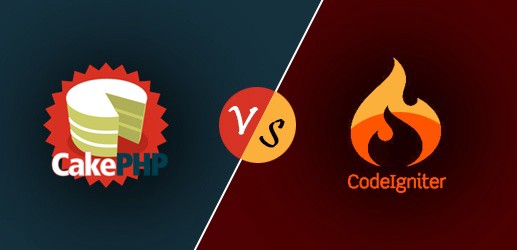
Which is better Cake PHP and Codeigniter Cake php is fast development framework it is building structure for programmers to create web applications. It is a free and open-source. It is php framework and it is model view controller architecture. It requires less coding in order to generate web applications and is used in the website to manage the structured and provide secure website content. Features of cakephp Cake PHP request cycle Now we discuss cakephp life cycle point that how it works: The request is redirected to the index.php that are based on the webserver rewrite rules. Auto load and bootstrap files are executed Dispatch Filter and routing are composed to handle the request and then they optionally give back to the response. Then dispatcher select the appropriate controller according to the routing rule that are defined. The controller perform actions and they only interacts with the required models and components The controller proxy the created output to view for generating the response from the model data. The view uses Helpers to generate the response of the client request. Finally, the generated response is sent back to the client. Code Igniter: It is built on a pattern design that is called MVC. It is application development framework for building a website using php. It has rich set libraries and helpers. It saves a lot of time and it prevents the various attacks that take place through websites. Features of Code Igniter Which is the best? This is the overview of code igniter and cake php. If you interested to take online/ offline courses on code igniter and cake php then you are visit our website and look more advance courses in different fields like mobile, desktop application etc. we are providing code igniter training and cake PHP training in Jalandhar.
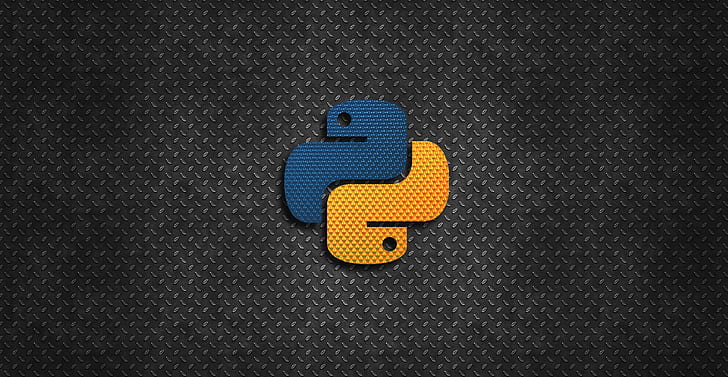
How to Split Training and Test Set in Python? How to Split Training and Test Set in Python?: Python is high level language, interpreted and object-oriented. Python is open-source, and free and support GUI programming. Python is advanced field because they provide different techniques: Scope: Python is high level programming language, to be the most auspicious career in technologies, industry. More opportunities in the career of python are increasing tremendously in the whole world and today companies are in demand in python language. The average salary of python developer is 4 lakhs per month in India and its increasing that depends upon experience. Advantage of python: Python have different libraries and their own different concepts According to different learning concept there are different models that are interrelated to their training sets. As we are working with different datasets, the machine learning algorithms works with different stages. We normally split the data in testing and training phases. Under supervised learning, we are split a multiple datasets into a training data and test sets in python Machine learning. The training dataset is used to prepare a model to train it. We have the inputs and outputs but we trained the output to fetch better error correction. Let we are telling about Machine learning algorithms they have multiple models that are related to different algorithms like Neural network, classifications of machine learning, clustering, regressions, convolutional neural network etc. These algorithms are feed data and trained itself by performing different models. Time Series, stock marketing used regression techniques that used into the models. We are discussing example like 5000 datasets that particular algorithms are training itself of the given model. They took 3000 datasets that they know data are accurate and 2000 dataset are performed single function to find accurate result. We usually let the test set be 30% of the entire data set and the rest of 70% will be the training set. These kinds of tests are giving error-free results. These are the scenario of split training and test set of python. Conclusion This is the concept of splitting training of python. If you are interested to learn more python concept, then you visit our O7services website. We provide online/offline python training in Jalandhar.
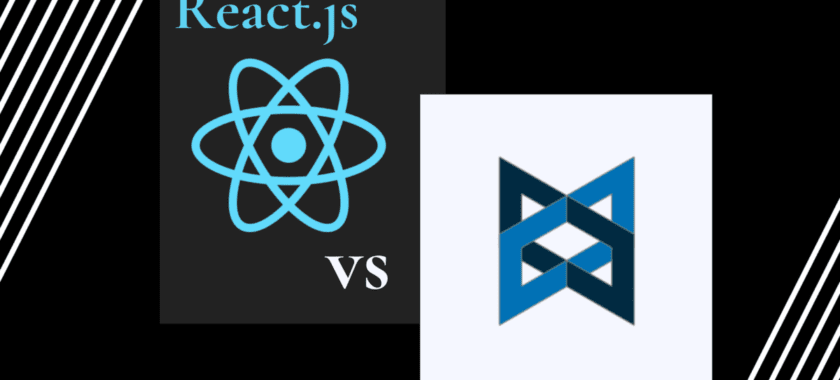
The Difference Between backbone.js and react.js There is a difference between backbone.js and react.js: Backbone.js and React.js are JavaScript libraries that are commonly used to develop web-based apps. They are different in their strategies and objectives. BackBone.js : Backbone.js: Backbone.js is a lightweight library that gives you an essential structure for organizing the code of an application. It follows the Model-View-Controller (MVC) design pattern, where models represent the data, views handle the UI, and controllers manage the application logic. React.js : React.js is an open-source component-based front end that includes a Model View Controller(MVC). The application renders information only when required. It reacts to the web page. Reactive implies it blocks unneeded page loading. Backbone.js is a JavaScript MVC framework and React could be defined as JavaScript UX libraries. JavaScript Structure model, ease of use as well and structure are among the main factors that anyone working using Backbone.js. Contrastingly, Virtual Dom, components and performance are the primary components of React. Both are downloadable in open source. With the rise of startups on Git Hub as well as Forks React is more well-known as compared to Backbone.js. Backbone.js stacks are less relative to React.js. Understanding the difference: Backbone.js vs React.js These are the key points we’ve summarized based on the discussion: Backbone.js Backbone is a system for organizing huge JavaScript applications by providing keys-values binding for models, as well as individual event assistance API function enumeration in event handling through views. It also connects all the applications directly to RESTful API and JSON formats.Backbone.js is a JavaScript MVC framework.JavaScript models, structures and ease of use are the main reasons for anyone to utilize Backbone.js.Other Github Star and Forks.Further Stacks of Backbone.js React.js But, react.js is an open-source component-based front-end, which offers a Model View Controller(MVC). This renders the data when necessary. It reacts with the webpage. The term “reactive” implies that it stops the non-required page reloading. React utilizes the JavaScript User Interface Library.However, Virtual Dom components as well as the performance of the application are the foundations that support React. There is a way to identify the best aspects.Github Forks and Starts Less.A lower amount of heaps React.js.